Dental implants have emerged as a transformative solution for individuals dealing with the distressing issue of missing teeth. This innovative approach not only restores functionality but also significantly improves aesthetics and boosts self-esteem. However, like any surgical procedure, it is important to address concerns regarding the potential health problems associated with dental implants. This article “Can Tooth Implants Cause Health Problems” aims to explore the intricacies of dental implant placement, dispel common misconceptions, and analyze the potential risks and side effects involved in this widely adopted dental solution.
The procedure of dental implant placement
The journey to a stable smile through dental implants is a multi-faceted process that requires careful planning, skilled execution, and considerable patient cooperation. Understanding this procedure can help alleviate fears related to possible complications and enhance confidence in choosing dental implants as a solution.
Initial consultation planning
The first step in obtaining dental implants begins with an initial consultation. During this phase, the dentist conducts a comprehensive oral examination and reviews the patient’s dental history. This is crucial for understanding the individual’s needs and determining their suitability for implants.
In-depth assessments are made by taking X-rays or three-dimensional scans of the jaw. These diagnostic tools provide valuable information about bone density, tooth anatomy, and jaw structure, all of which play a critical role in the success of the procedure. Following these evaluations, the dentist engages in an informative discussion about the patient’s expectations, potential risks, and benefits of dental implants. This collaborative exchange helps establish trust between the patient and the dental professional, setting the stage for a successful surgical experience.
Surgical placement of the implant
The surgical placement of the implant is often considered the most invasive part of the procedure. Under local anesthesia, the dentist carefully drills into the jawbone to create a precise space for the titanium screw that will serve as the implant.
While many patients may feel anxious about the drilling process, modern advancements in dentistry have helped minimize discomfort. Sophisticated drills with speed control and precision positioning ensure accurate implant placement while protecting surrounding tissues. Additionally, effective use of local anesthesia ensures the area is numb, providing a pain-free experience during surgery.
Once the implant has been placed, it becomes a fixture in the jawbone. Over time, a remarkable biological process known as osseointegration occurs. During this phase, the bone actually fuses with the implant, creating a solid foundation for the future restoration. This fusion can take several months, depending on the individual’s health and bone density.
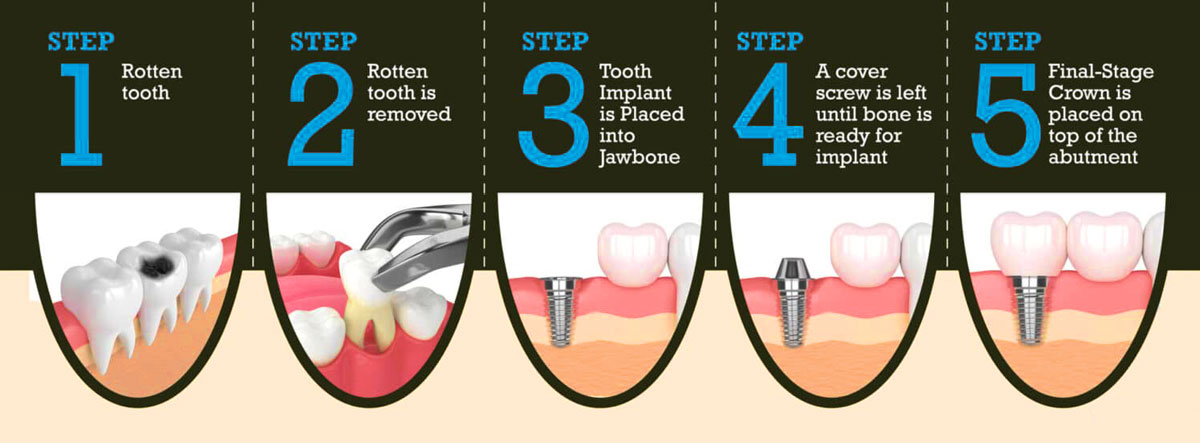
Healing and osseointegration
During the healing period, the body works tirelessly to ensure successful osseointegration. Adequate healing is essential to the longevity of the implant, and patients must follow post-operative care instructions diligently. It’s during this time that many individuals develop concerns over whether can dental implants make you sick or whether they might experience dental implants problems side effects due to improper healing.
Patients are typically advised to maintain good oral hygiene, avoid hard foods, and attend follow-up appointments with their dentist. Some swelling and discomfort are to be expected, but proper care usually leads to a smooth recovery. By adhering to these guidelines, the likelihood of complications decreases significantly.
Abutment placement and restoration
Once osseointegration has successfully occurred, the next phase involves the placement of an abutment—a connector that links the implant to the crown, bridge, or denture that will ultimately restore the patient’s smile. This procedure is less invasive than the initial surgery; however, patients need to be aware that their body’s response can vary.
After the abutment is attached, impressions of the surrounding teeth are made to ensure a perfect fit for the final restoration. The meticulous attention to detail at this stage helps ensure the aesthetic outcome meets the patient’s desires while restoring function.
In summary, understanding each step of the dental implant placement procedure—from initial consultation to restoration—can ease anxieties and foster informed decision-making. Potential health problems related to implants often stem from misunderstandings, highlighting the importance of open communication with dental professionals throughout the process.
Common misconceptions about dental implants
Despite the growing popularity of dental implants, several myths and misconceptions continue to circulate. These false beliefs may cause unnecessary anxiety among patients considering this option for addressing missing teeth. Let’s debunk some of these common misunderstandings.
Dental implants are painful
One of the biggest misconceptions about dental implants is that the procedure is painful. While it is true that the initial placement involves some degree of discomfort, most patients report experiencing very little pain during and after the surgery. Modern anesthetics and sedation techniques have greatly improved the overall comfort level during the procedure.
Post-operative pain is typically manageable with prescribed medications and over-the-counter pain relievers. The healing process may bring some soreness, but it is generally well-tolerated. The reality is that many patients compare the discomfort associated with dental implants favorably to that of tooth extraction or other dental procedures.
Anyone can get dental implants
Another common myth is that anyone is eligible for dental implants. In truth, certain medical conditions can negatively affect the success of the procedure. Factors such as uncontrolled diabetes, osteoporosis, or active gum disease can complicate the healing process and osseointegration.
Moreover, patients undergoing chemotherapy or radiation therapy may require special considerations before proceeding with implants. Ensuring adequate bone density and practicing good oral hygiene are critical components of candidacy for dental implants. Dentists conduct thorough evaluations to determine individual suitability, guiding patients toward the best options for their unique situations.
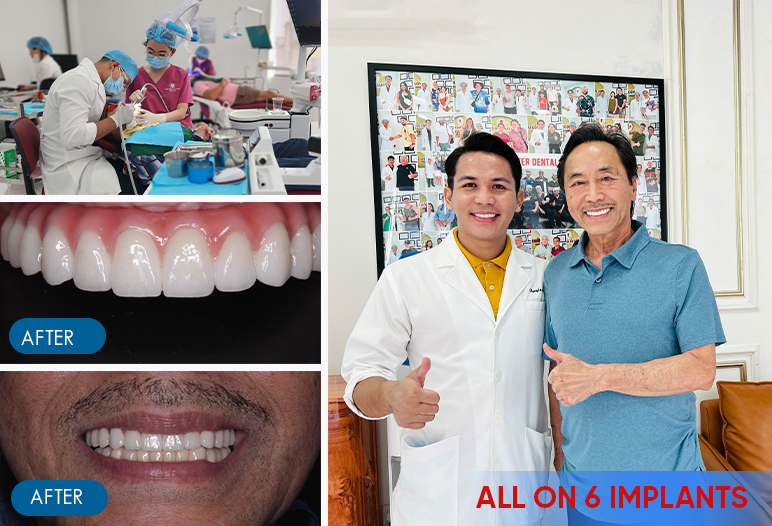
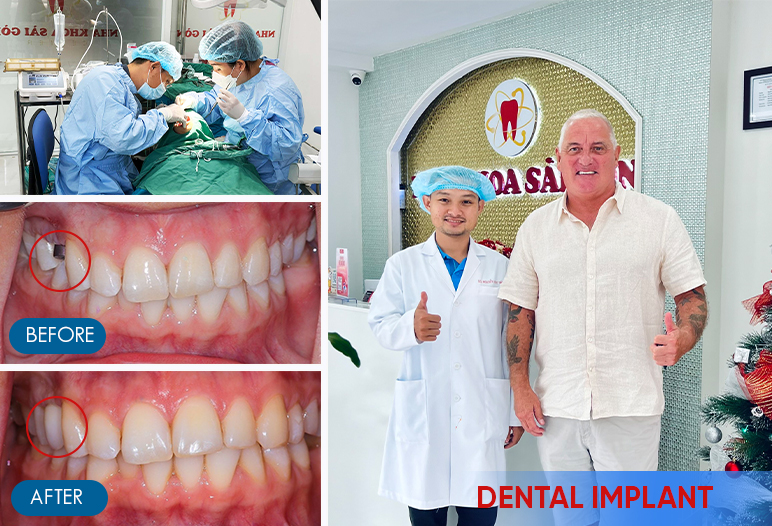
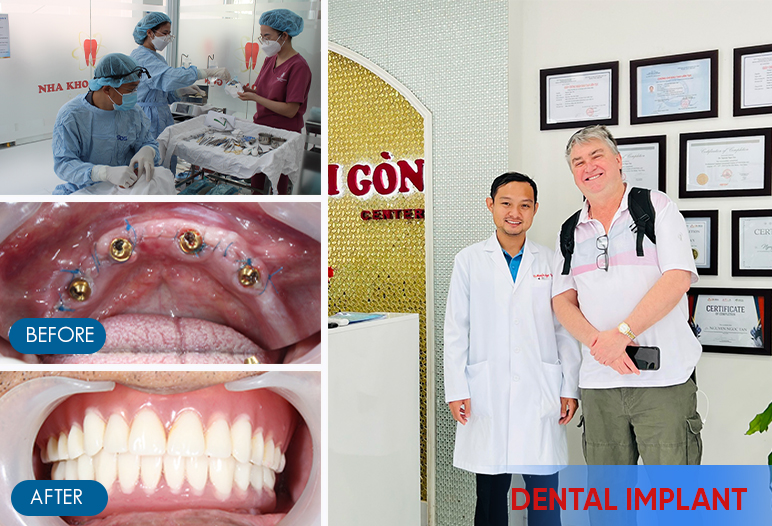
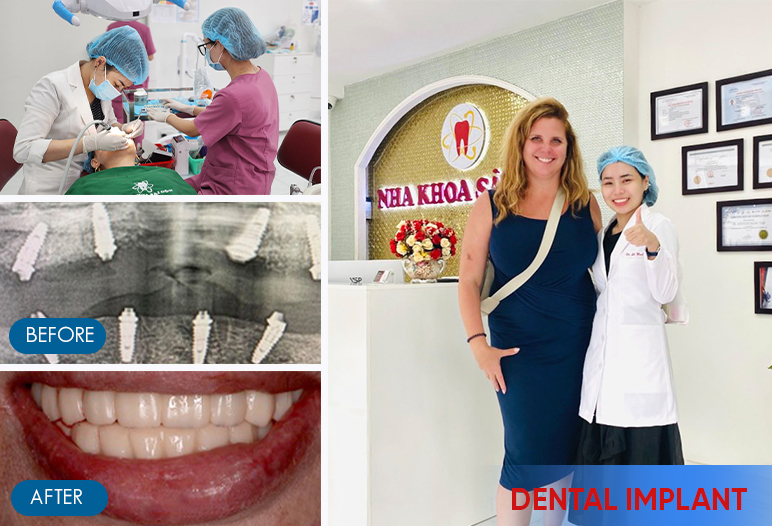
Dental implants require extensive downtime
Patients often fear that dental implants require long recovery periods. While there may be minor swelling and discomfort following the procedure, most individuals can resume normal activities within a week. Depending on the complexity of the case, the time frame may vary, but it is generally shorter than anticipated.
Patients are encouraged to prioritize rest during the initial days after surgery while gradually reintroducing regular activities. Careful attention to post-operative guidelines also contributes to a smoother recovery process. With the right mindset and preparedness, the downtime associated with dental implants can be minimal.
Dental implants are too expensive
Many individuals hesitate to pursue dental implants due to perceived prohibitive costs. While there is no denying that implants can be more expensive upfront compared to other restorative options, it is essential to consider the long-term advantages they offer.
Unlike dentures or bridges, which may require repeated repairs or replacements over time, dental implants are designed to last for years, if not a lifetime, with proper care. Many patients find that the investment pays off in terms of improved quality of life, enhanced comfort, and greater confidence.
In essence, separating fact from fiction empowers patients to make informed choices regarding their dental health. Addressing misconceptions surrounding dental implants is vital to ensuring that individuals fully understand what to expect and can navigate potential health problems with confidence.
Potential risks associated with dental implants
Like any surgical procedure, dental implants come with certain risks and potential complications. While many individuals enjoy successful outcomes, it is essential to understand the associated risks to make informed decisions about dental health.
Infection
One of the most significant risks linked to dental implant placement is infection at the surgical site. As with any surgical procedure, maintaining proper hygiene pre- and post-operatively plays a crucial role in minimizing this risk.
Following surgery, patients are provided with detailed care instructions aimed at preventing infection, such as avoiding smoking, adhering to medication regimens, and practicing diligent oral hygiene. Failure to follow these recommendations may lead to complications that could jeopardize the success of the implant.
Nerve damage
Another potential concern is nerve damage during the placement of the implant. If the drill inadvertently impacts the nerves in the jaw, patients may experience symptoms such as numbness, tingling, or persistent pain in the surrounding area. Such complications, though rare, underscore the importance of selecting a qualified dental professional to perform the procedure.
With advances in imaging technology, dentists can now obtain clearer views of the jaw structure, allowing for more precise implant placement and reducing the chances of nerve injury.
Sinus issues
For patients receiving implants in the upper jaw, sinus issues may arise if the implant’s placement encroaches upon nearby sinus cavities. This can result in inflammation or even infection, leading to complications that may require additional treatment. Awareness of this risk allows both the dentist and patient to discuss appropriate precautions and assess the overall suitability of implants.
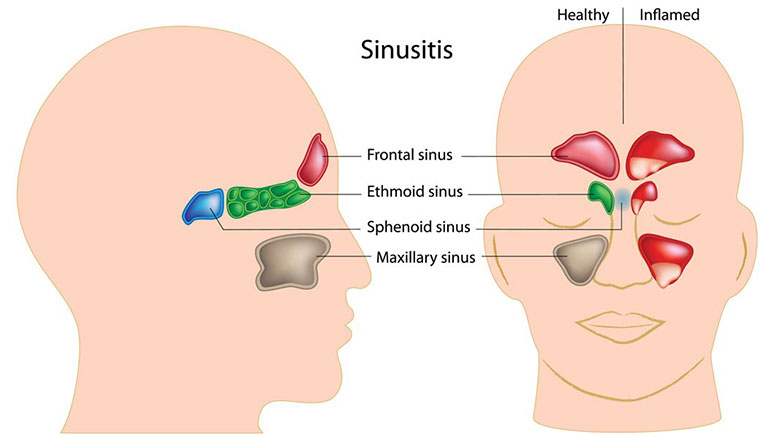
Peri-Implantitis
Peri-implantitis is an inflammatory condition that affects the soft and hard tissues around the implant. This condition can lead to implant failure if left untreated and is often associated with poor oral hygiene and existing gum disease.
Patients are encouraged to maintain excellent oral hygiene practices and schedule regular check-ups to monitor their dental health and prevent peri-implantitis. Being proactive in addressing any signs of inflammation or discomfort early on can save patients significant stress and prevent complications.
Implant failure
In some cases, dental implants may fail to integrate with the jawbone, necessitating their removal and potential re-implantation in the future. Factors contributing to implant failure include inadequate bone density, poor oral hygiene, smoking, and underlying medical conditions.
Understanding these risks empowers patients to engage in open dialogue with their dentists about their personal health histories and any factors that may impact the success of their implants. This transparency can lead to tailored treatment plans that maximize the likelihood of positive outcomes.
In conclusion, while the potential risks associated with dental implants should not be overlooked, informed decision-making, diligent care, and communication with dental professionals can significantly reduce the likelihood of complications. Patients who understand these risks are better equipped to navigate their dental health journeys confidently.
The drilling process involved in dental implant placement
Although the drilling process involved in dental implant placement may evoke feelings of apprehension, modern dentistry has made significant strides in refining this core component of the procedure. Understanding this aspect can help alleviate fears and clarify misconceptions surrounding the potential health problems associated with dental implants.
Precision drilling
The drilling process begins with careful planning and analysis of the patient’s jaw structure. Utilizing digital imaging techniques, dentists can visualize the exact location and angle required for optimal implant placement. This advanced preparation reduces the potential for error and allows for precision drilling to ensure that the implant fits seamlessly into the jaw.
Sophisticated drills equipped with speed control and vibration-reducing technology allow for minimal tissue trauma during the procedure. This precision drilling technique not only enhances accuracy but also minimizes post-operative discomfort, making the experience more comfortable for patients.
Cooling systems
An often-overlooked aspect of the drilling process is the importance of cooling systems employed during the procedure. Excessive heat generated by drilling can harm the surrounding bone tissue and impede the osseointegration process. To combat this risk, dentists incorporate integrated cooling systems that maintain an optimal temperature while drilling.
These cooling systems utilize saline solutions, often delivered directly to the site, to prevent overheating and protect bone integrity. As a result, patients can experience a smoother recovery process with reduced complications.
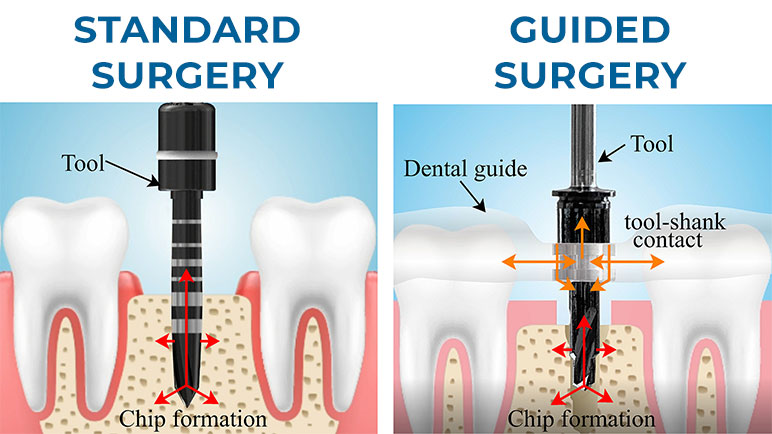
Anesthesia
Effective anesthesia is paramount in ensuring patient comfort during the drilling process. Local anesthesia is typically used to numb the surgical area, allowing for a pain-free experience. For those who may experience heightened anxiety, sedation options are also available.
By employing a combination of local anesthesia and sedation, dentists can cater to individual preferences while enhancing overall comfort during the drilling procedure. Reducing anxiety and discomfort is a priority for dental professionals, ensuring patients feel safe and supported throughout the process.
The role of patient cooperation
While dental technology plays a significant role in the success of the drilling process, patient cooperation remains equally important. Following pre-operative instructions, including abstaining from food or drink prior to surgery, can contribute to a smoother procedure.
Additionally, open communication with the dental team is crucial. Patients should feel empowered to share any concerns or anxieties they may have before the drilling begins. Establishing a rapport with the dental team fosters an environment of trust, enabling patients to take an active role in their dental health journey.
In summary, the drilling process involved in dental implant placement has evolved significantly over the years. Advanced technologies, coupled with patient-centered approaches, have minimized discomfort and risks, leading to improved outcomes for individuals seeking dental implants. Understanding this process allows patients to approach their experiences with confidence and clarity regarding potential health problems.
List of potential side effects associated with dental implants
While most patients enjoy a favorable recovery following dental implant placement, it is essential to recognize that some side effects may arise. By understanding these potential complications, patients can proactively monitor their health and seek timely intervention when necessary.
Pain and Swelling
Mild pain and swelling are common occurrences in the immediate aftermath of dental implant surgery. While discomfort is to be expected, it is typically manageable with over-the-counter pain relievers and cold compresses applied to the surgical site.
Patients should be aware that while slight pain is normal, they should contact their dentist if they experience intense or worsening pain that does not respond to typical pain management strategies. Monitoring pain levels can help differentiate between typical post-operative discomfort and potential complications requiring professional evaluation.
Bleeding
Minor bleeding at the surgical site following dental implant placement is a normal occurrence. However, patients should be vigilant about monitoring the extent and duration of bleeding. Persistent or excessive bleeding is not typical and should prompt immediate consultation with the dentist.
To mitigate bleeding risks, patients are often advised to avoid strenuous physical activity and refrain from using tobacco products during the initial recovery period. Following post-operative care instructions is crucial to maintaining optimal healing conditions.
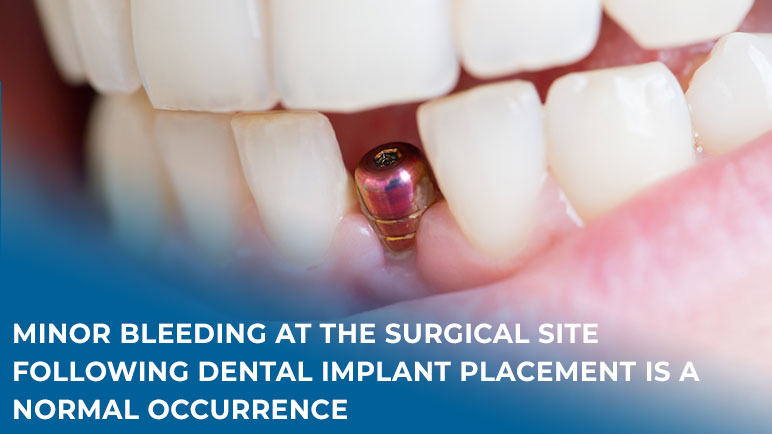
Numbness
Temporary numbness in the area surrounding the implant may occur due to nerve irritation during surgery. For most patients, this numbness resolves itself within a few weeks or months. However, prolonged or worsening numbness should be reported to the dentist for further evaluation.
Patients should remain attentive to changes in sensation during their healing journey, as this vigilance fosters awareness of potential complications and supports successful recovery.
Gum Recession
Proper dental hygiene is paramount for maintaining healthy gums around the implant. Neglecting oral care or existing gum disease can contribute to gum recession around the implant, potentially exposing the underlying titanium structure.
To prevent gum recession, patients should prioritize consistent brushing and flossing while attending regular dental check-ups. Education on effective oral hygiene practices is key to promoting sustainable dental health and optimizing implant longevity.
Sinusitis
If an implant is placed close to the sinus cavity, it may occasionally lead to sinusitis or inflammation. Symptoms of sinusitis include nasal congestion, facial pain, and pressure. Patients should seek prompt medical guidance if these symptoms arise following dental implant placement.
Open communication with both dental and medical professionals can facilitate appropriate management and ensure any complications are addressed swiftly and effectively.
Loose or broken Implant
Though rare, dental implants can become loose or break due to various factors, including trauma, insufficient bone density, or incorrect placement. Patients are encouraged to report any noticeable movement or concerns regarding the stability of their implants to their dental team.
Regular check-ups allow dentists to monitor implant stability and identify any necessary interventions before problems escalate. Proactive care and communication contribute to successful implant outcomes.
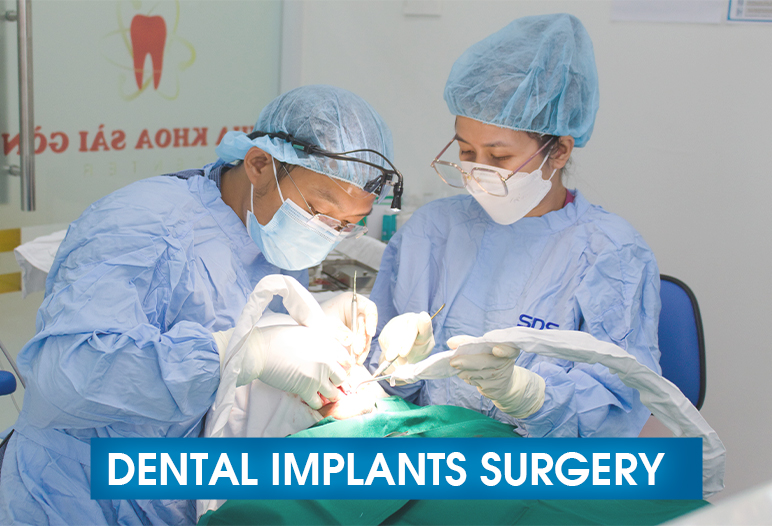
Taste and smell changes
Some individuals may experience alterations in taste or smell sensations after dental implant placement. While the exact cause of this phenomenon is not well understood, it is essential for patients to communicate any unusual sensory changes to their dentist.
Understanding that such changes can occur fosters an open dialogue about the recovery process and encourages timely reassessment should any concerns persist.
In conclusion, while most patients recover without incident following dental implant placement, it is crucial to be aware of potential side effects. Vigilance, open communication with dental professionals, and adherence to post-operative care instructions are fundamental to ensuring a smooth recovery and addressing any complications that may arise.
Conclusion of Can Tooth Implants Cause Health Problems?
Dental implants represent a remarkable advancement in restorative dentistry, offering enduring solutions for individuals grappling with missing teeth. Despite the numerous benefits they provide, it is essential to acknowledge and understand the potential health problems associated with this procedure.
By exploring the intricacies of dental implant placement, debunking common misconceptions, and analyzing the associated risks, patients can approach their dental health with confidence and clarity. Engaging in open dialogue with dental professionals allows individuals to fully grasp their treatment options and make informed decisions regarding their oral health.
By recognizing that can tooth implants cause health problems, patients empower themselves to navigate their dental journeys thoughtfully, ensuring that the transformative power of dental implants enhances their quality of life. Thus, with meticulous planning, expert surgical skill, and a commitment to maintaining optimal oral hygiene, individuals can embrace the prospect of a beautiful, functional smile restored through dental implants.

 Google Reviews
Google Reviews Call
Call
SAIGON IMPLANT CENTER
Best dentist in Vietnam
Saigon Implant Center - Dental Clinic utilizes the latest technology for specialized treatment in the field of Single implant, full jaw implants, All on 4 implants, All on 6 implants, Zygoma implant....
SAIGON IMPLANT CENTER
Best dentist in Vietnam
Saigon Implant Center - Dental Clinic utilizes the latest technology for specialized treatment in the field of Single implant, full jaw implants, All on 4 implants, All on 6 implants, Zygoma implant....